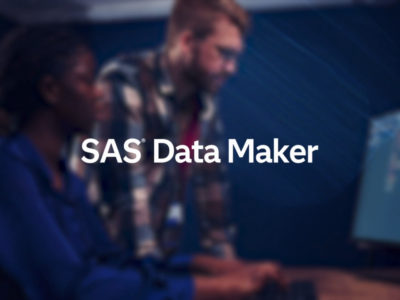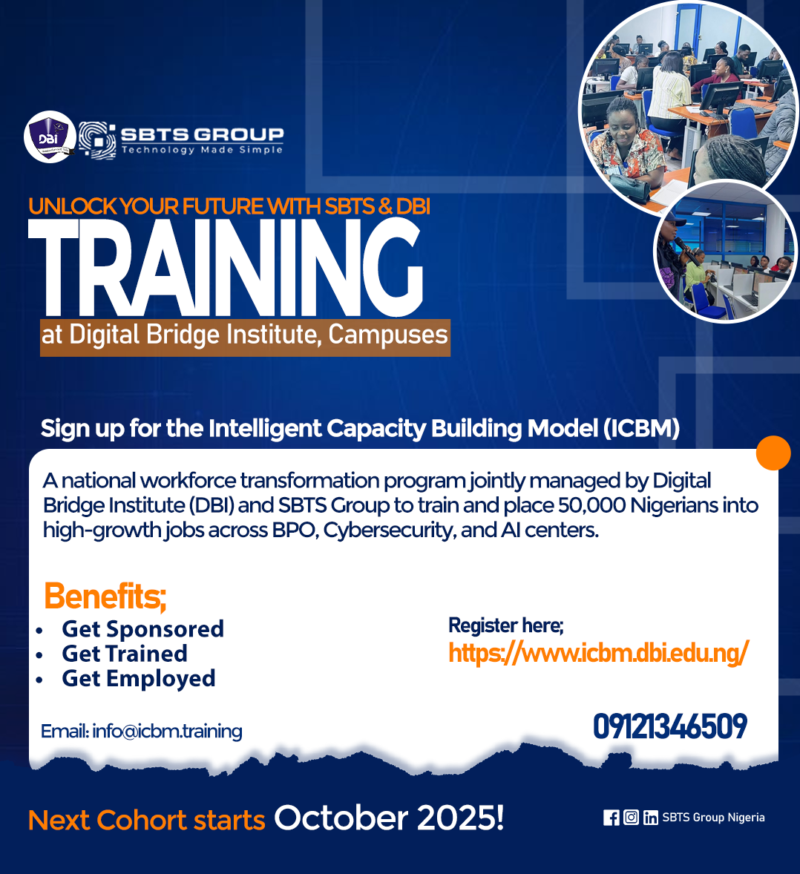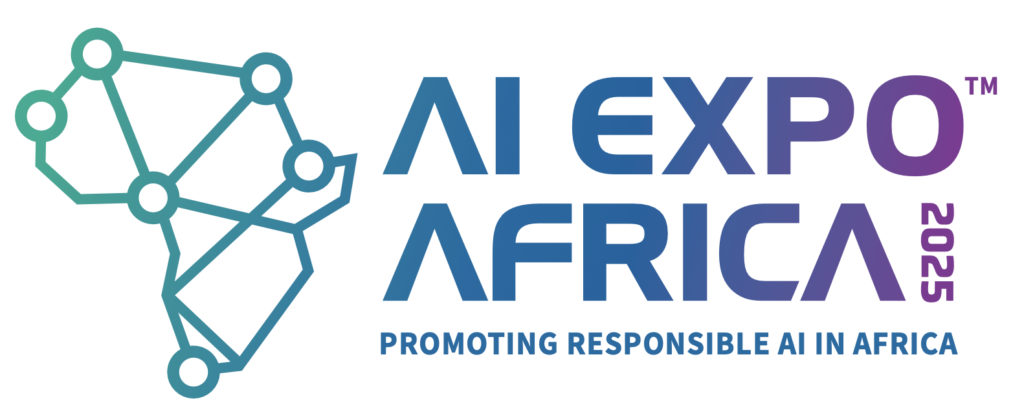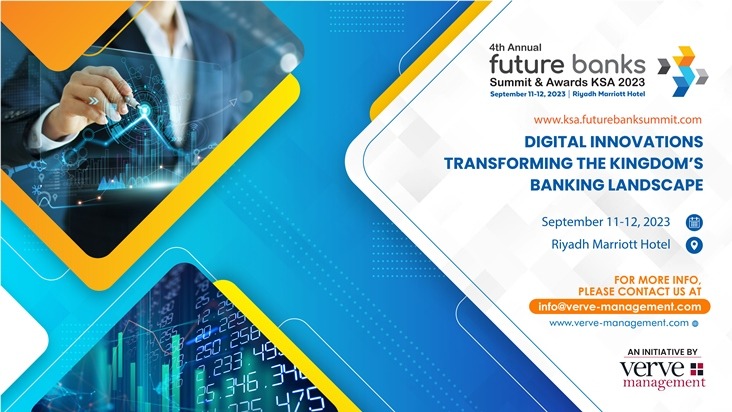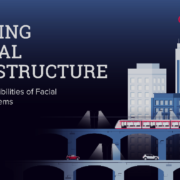In an era of information overload, asset allocators are inundated with economic data, policy shifts, and market signals.
RELATED: Leveraging artificial intelligence for business growth: Blending innovation with purpose
According to Bas Kooijman, CEO and Asset Manager of DHF Capital S.A., Artificial Intelligence (AI) is now a critical tool for cutting through this noise. It is enabling investors to detect fundamental regime changes earlier and rigorously stress-test portfolios across countless scenarios.
From Data Deluge to Actionable Insight
Kooijman highlights that AI models trained on decades of cross-asset data can identify subtle shifts in the relationships between different asset classes. This is a key indicator of a changing market regime.
Furthermore, AI-powered text sentiment analysis can decode the tone of central bank communications and policy statements. Thus, significantly providing quantifiable insights into their potential market impact. This allows portfolio managers to translate complex signals into actionable allocation views more efficiently than ever before.
Evolving Scenario and Stress Analysis
The application of AI extends deeply into risk management. Instead of relying on a limited number of hypothetical scenarios, allocators can now use AI to run millions of simulations. This tests portfolio resilience under a vast range of plausible economic and risk stress conditions, providing a much deeper, data-driven understanding of potential downside risks and growth opportunities.
The Human-in-the-Loop Advantage
A central theme in Kooijman’s approach is that AI’s greatest value is realized when it augments, rather than replaces, human judgment.
- AI as a Filter: The technology sifts through the data torrent to highlight what’s important.
- Humans as Decision-Makers: Portfolio managers then apply their experience and intuition to make the final capital allocation decisions.
This “human-in-the-loop” model incorporates essential guardrails, including measures to prevent AI model overfitting, constant challenge of AI outputs, and maintaining a mandatory human sign-off on significant asset reallocations.
AI as a Decision Infrastructure
When paired with rigorous human governance, AI transforms from a mysterious “black box” into a powerful decision infrastructure. This synergy allows asset allocators to convert overwhelming market complexity into strategic clarity with greater speed, without sacrificing the disciplined investment process that is fundamental to long-term success.



